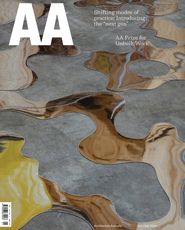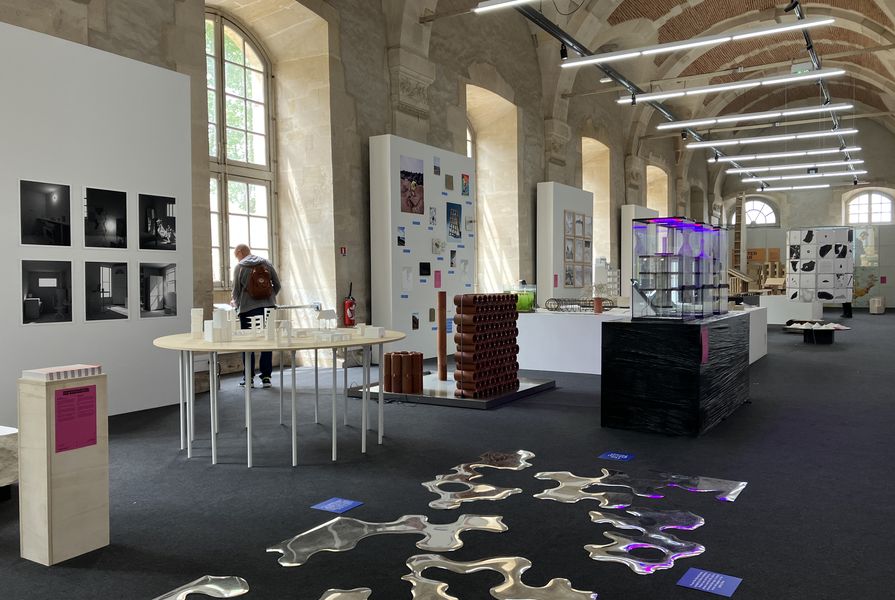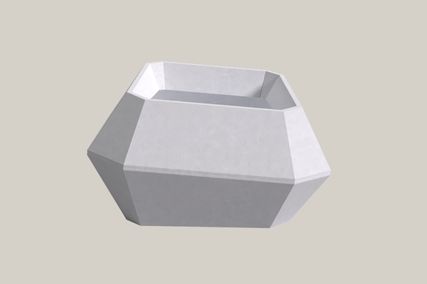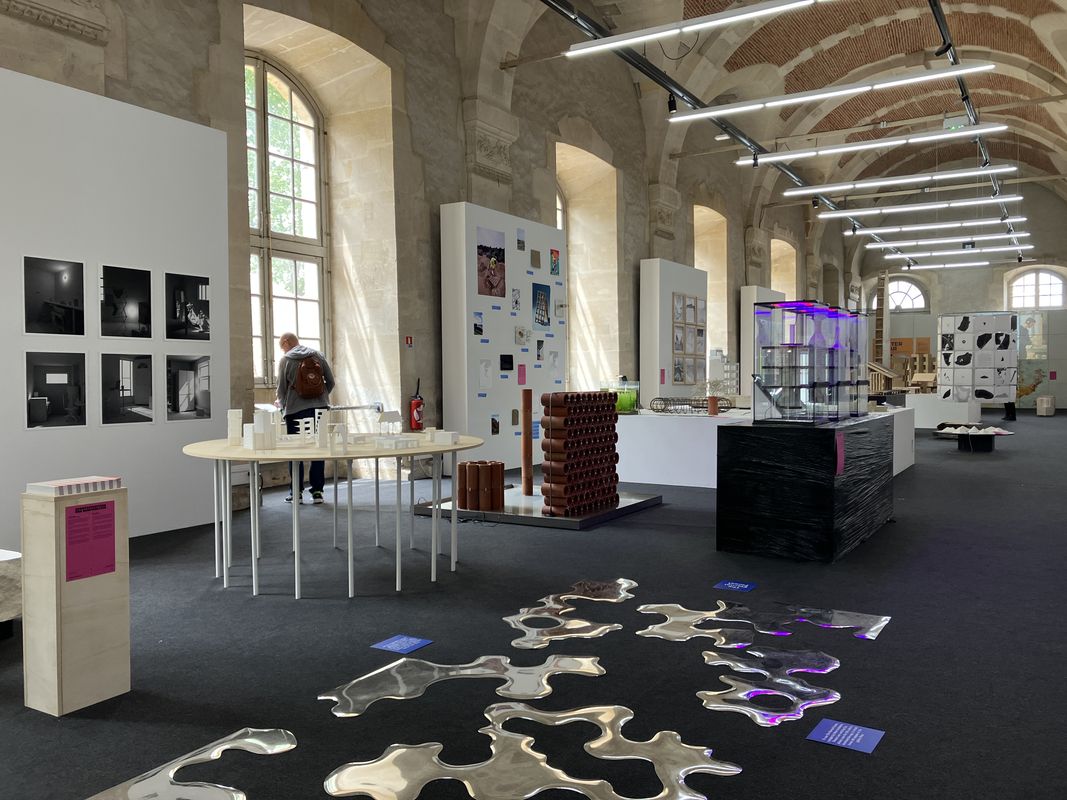There’s a shift taking place in architecture. The next generation is quietly forging its own path, remaking practice in a way that is relevant to today and points toward the future.
What defines this “next gen”? You couldn’t call it a “movement” – there’s no manifesto, no leaders, no defined ambitions, nor even a rejection of what’s come before. But although this next gen has yet to coalesce into a definable shape, a distinct spirit and attitude threads through the practices examined in this issue – and through the many others who could be bundled into this cohort.
Following is a list of next-gen attitudes and approaches to architectural practice: an incomplete and uncomprehensive inventory that nevertheless helps to define this nebulous group. For those of you who are coming through, this list offers a set of waypoints to either embrace or reject as you put your own stamp on the discipline.
Making impact, not products
For the next gen, the success of a project can’t be captured in photographs alone. Instead, a good project is one that has substantive impact. How much carbon was reduced by designing without steel? How was staff health improved by creating an office with daylight and fresh air? How much time was saved by prefabricating? This approach not only recognizes what is important to clients, but it also leads to better design.
Proud of their values
The first line of Whispering Smith’s website describes the practice as “staunchly feminist”. Where once there were fears of alienating potential clients, the next gen proudly declares its values in the hope of attracting those who share them.
Moving from authorship to collaboration
What does it mean to be truly collaborative? More than merely teaming up with another firm to win work, those in the next gen create partnerships to open themselves up to new ideas. This requires a shift in mindset – to surrender control, admit you might not have all the answers, and listen to ideas that come from different directions.
Working with people and learning from others
In their openness to alternative viewpoints, the next gen acknowledges that we all have different kinds of expertise. Homeowners may not know how to read plans, but they are experts in living. School students may not know about materials, but they are experts in play. The next gen understands the value of listening as a path to better design.
Getting their hands dirty
The drawing set creates a separation between the office and the building site, giving the architect apparent clarity and control. But those in the next gen know this separation to be an illusion. They know that architecture is made of material, not drawings, and they’re not afraid of getting their hands dirty. You can find them out on site, wearing steel caps, experimenting with new ways of putting things together.
Selling intelligence, not square metres
Today, the most urgent projects are not new builds but retrofits, refurbishments, adaptations and reimaginings. These project types require different kinds of intelligence that are driven by research, participation, creativity and opportunity. Such work is not easy to communicate, nor is it easy to charge for. As Other Architects writes in its practice description, “The service we offer is documented thinking.”
Going beyond the building
These explorations may not lead to a building at all; the next gen has a broad approach to what is considered architecture, including speculative design or strategic research. By being more active in the “upstream” space where projects are conceived, next-gen practitioners can help define parameters – or propose non-architectural outcomes if that is the most appropriate course of action.
Going beyond disciplines
The next gen is eager to work with other creative disciplines; think of Speculative Architecture’s Institute of Modern Art pavilion in Brisbane (a collaboration with artist Céline Condorelli and landscape gardener Pete Shields), or Office’s projects with photographer Ian Strange. These partnerships don’t have a defined hierarchy; they host a two-way stream of ideas.
Co-everything
Co-ops, co-design, co-production, co-housing, co-etc. The next gen are not happy to default to the private market. Instead, they’re developing new tenure models, collaborations and modes of commissioning that can create shared value. Assemble and Nightingale have led the way, with many to follow.
Not waiting for the phone to ring
Next-gen practitioners are entrepreneurial. They aren’t waiting for the perfect client to walk through the door; instead, they know they must make it happen. They are defining new briefs, helping to raise money, supporting grant applications, and bringing partners together. These efforts go beyond the traditional work of an architect, but they’re required to get worthwhile projects off the ground.
Driven by major challenges
Climate change, housing crises, suburban sprawl, inclusive design: the next gen is motivated to tackle major challenges through its work. This requires a proactive approach, beginning with self-directed research that often leads to a real commission. Rather than simply thinking about the next building, these practitioners are driven by curiosity and the desire to answer questions.
Designing for the fringe
This pursuit of challenges can take the next gen to unusual places – including places where the previous generation didn’t dare tread, like the suburbs (gasp!). They are eager to make a difference not just for their wealthy clients, but also for those in the new-growth areas. This requires new kinds of design and practice.
Why do those in the next gen work this way? Why not hang out a shingle inscribed with three initials, like the generations before?
First, that door may no longer be open to them. As one of the best of the previous generation, Peter Elliott, recently said, “It’s all become too hard.” Procurement for public projects is a trial by fire, and big practices are pitching for the small jobs too, cutting out what was once a pathway into larger work for younger practices.
And second, this next gen isn’t interested in reproducing the culture of those before it. As Mel Bright said to our students in a recent lecture, she set up Studio Bright because she didn’t enjoy the other offices she had worked in. Why work all night when you could … not? These new-gen practices all work hard and are highly motivated to succeed – but not at the expense of life and living.
We are yet to see how far the next gen will go, or what impact it will have on our public buildings and significant commissions. But maybe that’s not what these practitioners want, either. Maybe it would be wrong to judge them on the criteria of the previous gen. What if, instead of building monuments, they want to make a practice that is sustainable and resilient and works for people? This is a movement I can get behind.
Source

Discussion
Published online: 15 Mar 2024
Words:
Rory Hyde
Images:
Lindsay Mulligan
Issue
Architecture Australia, January 2024
















